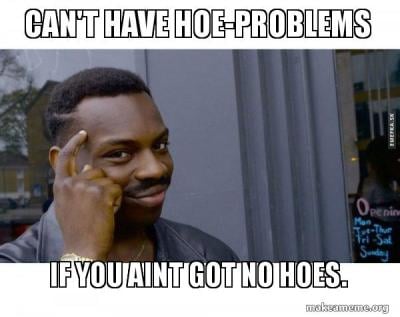

Subjects (n = 48) engaged in timed trials, alternating between using an intervention tool and their traditional hand hoe to till specified plots of land. This study evaluated land preparation interventions (new short- and long-handled hoes), developed in a participatory manner with women vegetable farmers in West Africa, and identified indicators of long-term adoption of these interventions. HR) was positively linked to the human energy expenditure speed. MS and FC) are negatively linked to the human energy consumed per unit area and variable changed in time unit (i.e. Variables influencing the area treating speed (i.e. The operations performed by machine power corresponded to a high FC.

Manual hoe-used operations (seedbed preparing, manure application and irrigating) were demonstrated as the critical operations concerning physiological strains. The highest HR was at seedbed preparing (120.1 beats/min) and lowest at manual harvesting (87.8 beats/min). Pearson correlation coefficient and linear regression were used to investigate the relationships among HR, heart rate ratio, FC and mechanization status (MS), and human energy expenditure rate and total energy expenditure per unit area. The time taken to treat a known area was measured using a stopwatch to calculate work speed (or field capacity (FC)) for each operation. Working heart rate (HR) was measured using a heart rate sensor during various operations. Thirty male workers were included in this study. The present study evaluated the human physiological strains of LVC's workers to identify relationships among contributing factors affecting human physiological strains. In comparison with the N handle, the additional handles caused a significantly greater workload, but there was no significant difference between those three handles.ĭespite mechanization development, leafy vegetable cultivation (LVC), as a labor-intensive activity in both developed and developing countries, still suffers from heavy physical activities. The results from energy expenditure analysis indicated that the workload in hoeing involves mainly a pushing and pulling motion of the shoulder (r =. From the STA handle, no interaction was found between the S and TA handle. The TA handle required less effort on the flexor digitorum profundus (FDP), but more effort on the posterior deltoid. The S handle was significantly better for minimizing the erector spinae muscle EMG.


Each handle strained different regions of the body. Electromyography (EMG), energy expenditure, and task workload were measured while using four different hoes: a conventional hoe with 1) the normal (N) handle, 2) the second (S) handle, 3) the T-grip with arm supporter (TA) handle, and 4) the second with T-grip and arm supporter (STA) handle. Physiological and biomechanical strains were investigated in women using four different handle designs for hoe.


 0 kommentar(er)
0 kommentar(er)
